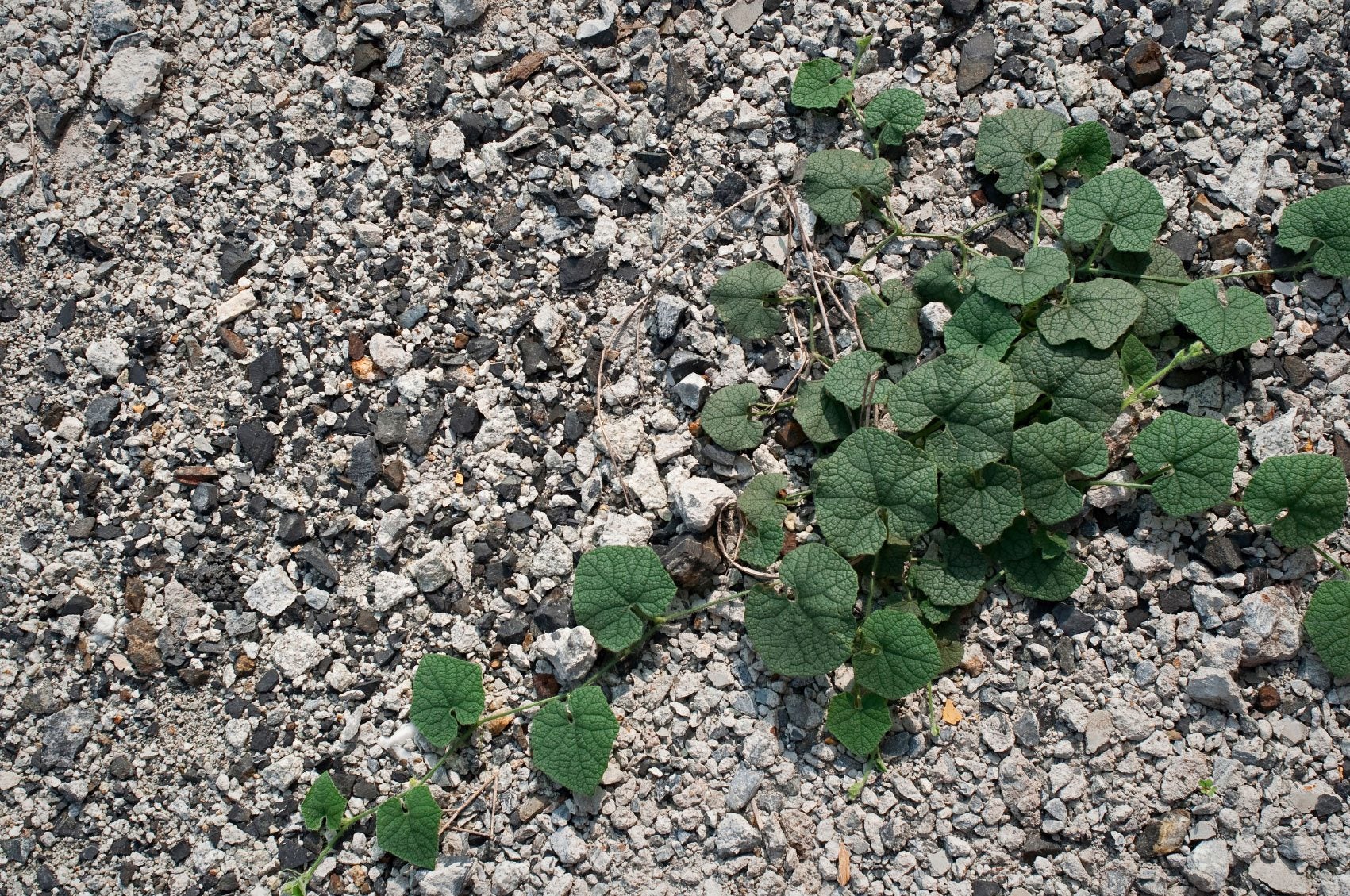Controlling Gravel Weed Plants: Tips For Preventing Weeds In Gravel Areas

Although we have a poured driveway, my neighbor is not so lucky and the rampant weeds coming though gravel rocks are enough to drive her crazy. She spends the better part of her yard maintenance on the removal of these gravel weed plants. What are some methods for preventing weeds in gravel and/or removing these persistent gravel weed plants?
Gravel Weed Plants
Before attempting to eradicate the weed population in your gravel areas, you should first identify what type of weed you are going to battle with to figure out the best method of elimination. There are three basic types of gravel weed plants: broadleaf weeds, grassy weeds and woody weeds.
- Henbit
- Purslane
- Chickweed
- Dandelion
- Grassy weeds - these include long-spine sandbur and velvetleaf, and resemble overgrown blades of grass. Leaves are long and thin, and grow parallel to each other.
- Woody weeds - these are unrelenting perennials that shed their leaves during the colder months and resume growth in the spring. They often look like small trees or shrubs and, in fact, are usually the result of nearby trees. These include black locust and mimosa.
How to Remove Weeds in Gravel Driveways and Other Areas
Weeds growing in gravel are difficult to remove, let alone control. Of course, some weeds can be hand removed, but often they will return with a vengeance and in greater numbers. Pulling those weeds that are just about to bloom will aid in reducing the number by preventing the plant from going to seed. Some weeds, such as (prostrate spurge), have a deep taproot, making it extremely tough to get rid of by hand. It is a summer annual weed with thick, waxy, leaves with a telltale reddish stripe down the center. Try pulling it before it goes to seed since, once this weed is established, even a weed killer is little help due to the difficulty penetrating the thick waxy leaves. Use a pre-emergent with active ingredients such as pendimethalin or oryzalin for severe infestations. Ideally, your gravel area would have a weed barrier laid prior to laying the gravel. Perhaps this didn't happen, or the barrier (plastic sheeting) is old and full of holes. You can still push aside the gravel, lay a barrier (after eradicating the weeds with a chemical weed killer), and return the gravel to the driveway or like. Lots of work, but it will keep the weeds from growing in the gravel. You can also try laying the gravel more thickly. A 3- to 5-inch (7.5-12 cm.) layer of gravel can aid in preventing weeds in gravel. Also, make sure that the irrigation from the lawn watering isn't running into the gravel. All that lovely water will facilitate weed growth. Lastly, a chemical weed killer may be the last option. These can be dangerous to you and the environment, so wear appropriate protection prior to spraying and read the manufacturer's instructions carefully. Also, some are illegal for use in some areas, so check with your local university extension office for assistance. You may need one that is a selective weed killer if using it abutting flowerbeds or grass. A non-selective weed killer is useful in paved and gravel areas when in doubt of the type of weed you are dealing with. Be careful though, as it will kill or damage other plants.
Gardening tips, videos, info and more delivered right to your inbox!
Sign up for the Gardening Know How newsletter today and receive a free copy of our e-book "How to Grow Delicious Tomatoes".

Amy Grant has been gardening for 30 years and writing for 15. A professional chef and caterer, Amy's area of expertise is culinary gardening.
-
 Looking For Plants To Give You The Soft And Fuzzies? Try These 5 Fuzzy Leaf Plant Options
Looking For Plants To Give You The Soft And Fuzzies? Try These 5 Fuzzy Leaf Plant OptionsLovers of texture, drama, silver foliage and tactile plants will adore these special sensory garden additions. These fuzzy leaf plant options will leave you all aglow
By Susan Albert
-
 Get Ready For A Summer Of Hummers! Grow These Full Sun Hummingbird Plants and Flowers
Get Ready For A Summer Of Hummers! Grow These Full Sun Hummingbird Plants and FlowersIf you’re lucky enough to enjoy a sunny backyard, make sure you are maxing out on your pollinator opportunities and grow these full sun hummingbird plants and flowers
By Tonya Barnett